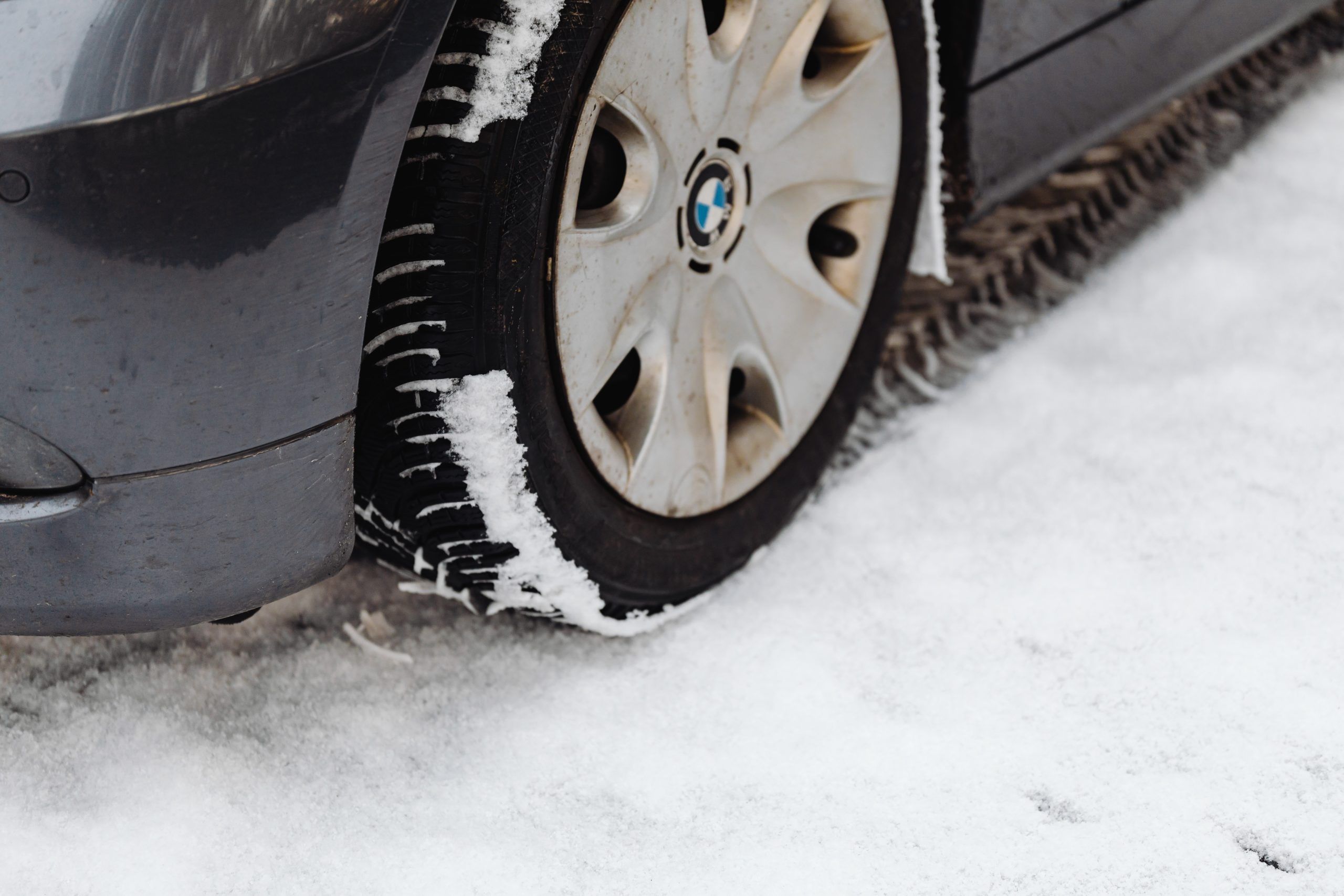Colorado’s Winter Traction Law

If you have plans to drive in Colorado this winter, it is important to be aware of the regulations in place regarding your vehicle’s winter weather capabilities, namely its traction. Tire type, tread depth, and other factors are regulated under Colorado’s winter traction law, which is intended to reduce delays and crashes during the winter months.
Not only is breaking the traction law dangerous, but it is also against the law and could leave you with significant fines. Understanding the Colorado traction law can help you ensure that you keep yourself and other drivers safe and avoid unnecessary fees.
What Is the Colorado Traction Law?
Colorado’s winter traction law (House Bill 19-1207) was signed into law in 2019 and is in place from September 1 to May 31. This law requires that all cars traveling on the 126-mile length of Colorado roadway between Dotsero and Morrison must have snow tires, mud and snow (M+S) tires, or a four-wheel or all-wheel drive gearbox. Drivers must also have tires must with a minimum tread depth of three-sixteenths of an inch or have chains or other traction devices on hand.
It’s important to note that Colorado’s winter traction legislation differs from the state’s chain law, which applies only during severe winter storms and is the state’s final preventative safety step before closing all routes. Under the chain law, motorists must have alternate traction devices, such as tire chains or AutoSock.
Are Your Tires Compliant with The Traction Law?
The determine whether your tires are in line with the state’s requirements, you can easily perform a test at home known as the Quarter Test. Recommended by the Colorado Department of Transportation, all you need for this test is a spare quarter.
To conduct the test, take your quarter and place it upside down in the tread of your tire, with George Washington going in headfirst. If you cannot see the top of George’s head, your tread is compliant with the three-sixteenths-of-an-inch standard. To check for uneven wear, repeat this test in several locations on the tire. If you can see George’s head at any point, it is time to consider replacing your tires.
Avoid Breaking the Winter Traction Law
Breaking the traction law can leave you susceptible to spin-outs and result in hefty fines ranging from $130 to $650 or more. Traction laws are in effect from September to May, so make sure that you are checking your tires as the weather begins to cool down. Signs on the highway will also alert you when the law is active.
Although following state laws regarding traction and winter weather safety can help reduce your chances of a crash, accidents still happen. If you have been injured in a car wreck, a skilled member of our legal team could help you pursue the compensation that you need. Call today to learn more.